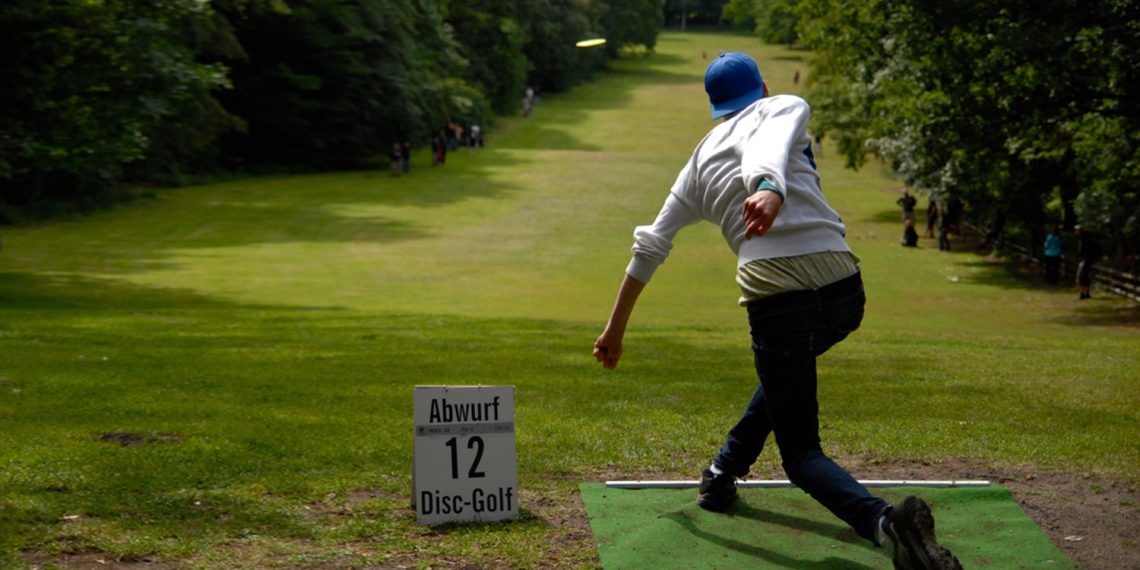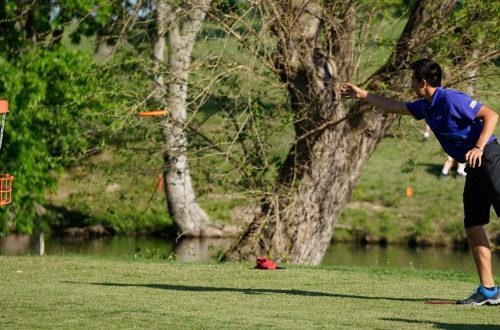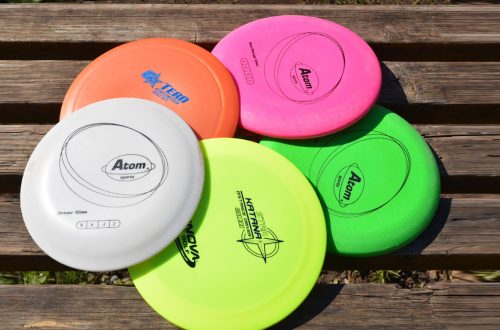Disc golf is a rapidly growing sport that borrows concepts from traditional golf, but utilizes flying discs instead of balls and clubs. Like regular golf, the goal is to complete each hole in the fewest number of throws. To achieve this, disc golfers must master three essential throws: the backhand, forehand and putting. Developing solid technique and control with these three throws is the key to success in disc golf. This article will provide an overview of the proper form and uses for the backhand, forehand and putt.
The Backhand Drive
The backhand is the most common and fundamental throw used in disc golf. It is usually executed by right-handed players throwing from left to right. To perform the backhand, start by grasping the disc in your dominant hand. Your non-throwing arm should be raised in front of you for balance. Step forward with your opposite foot as you reach back with your throwing arm. Shift your weight forward as you drive through the throw, releasing the disc across your chest at about a 45 degree angle. The angle of release and amount of spin will determine the disc’s flight pattern. Backhand drives are great for achieving maximum distance off the tee and maneuvering shots around obstacles. However, they can be less accurate for approach shots.
Proper form is crucial for backhand success. Keep your elbow close to your hip during reach-back. Keep your shoulders aligned and avoid rounding out the throw. Follow through towards your target after release. With practice, you can control backhand shots for various distances and trajectories. Proficient backhand throwers can reach 400+ feet off the tee. Work on developing a flat, straight backhand throw before moving on to hyzer and anhyzer angles. Mastering the basics of the backhand drive will shave strokes off your score.
The Forehand Drive
The forehand, also known as the sidearm, is a versatile throw that spins the disc in the opposite direction of a backhand. Forehands are integral when needing to curve shots around obstacles, or when throwing into a headwind. For righties, grip the disc’s rim with your pointer and middle finger, keeping your thumb along the inner rim. Pull the disc across your chest at a 45 degree angle and snap your wrist upon release. Shift your weight from your back foot to your front foot to generate power.
Forehands generally fade harder than backhands, giving them a dependable hook towards the end of flight. They are useful for technical shots through wooded areas. However, forehands have less potential for maximum distance compared to backhand drives. Use forehands when you need reliability rather than raw distance. With practice, you can throw precise forehand shots even from awkward stances or positions. Work on incorporating overstable discs for consistent forehand fades. Mastering forehands in conjunction with backhands will make you a versatile, well-rounded player.
Putting
Putting is the most precise of the three essential disc golf throws. The putt is used any time you are within 10 meters or so of the basket, especially on the green. While some players utilize backhand putts, the most common style is the push putt. To execute a push putt, hold the disc with your thumb along the rim and fingertips on the flight plate. Take a slightly staggered stance, stepping towards the target with your opposite foot. Bring the disc to your chest, then extend your arm towards the basket in a straight, smooth motion. Release the disc with a soft touch, allowing it to float towards its destination.
Proper putting requires finesse and touch rather than power. Focus on the chains rather than the basket, visualizing the disc moving through its center. Developing consistency is key to improving putting skills. Practice from 5, 10 and 15 meters to master distance control. Work on your stance to find balance and comfort. Strive to achieve a clean, flat release without wobble. With time, you will gain the confidence and ability to sink putts from any range. Your putting directly impacts your scoring potential, so dedicate time to honing this crucial skill.
| Throw | Description | Usage |
|---|---|---|
| Backhand | Most common throw, righties throw left to right | Long distance drives, maneuvering around obstacles |
| Forehand | Thrown opposite a backhand, dependable fade | Tight technical shots, into headwinds |
| Putting | High precision throw within 10 meters | Anytime near the basket, especially on the green |
In conclusion, mastering the backhand, forehand and putting is essential for any disc golfer looking to improve their game. Whether driving for distance, navigating obstacles or nailing putts, proficiency with these three throws is the foundation for success. With field work and repetition, players can sharpen their form and technique on these staple shots.Disc golf offers a unique mix of power, precision and finesse. Develop your skills with the backhand, forehand and putt to maximize your potential on the course.




